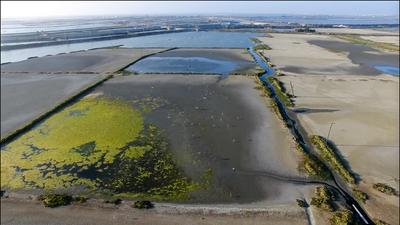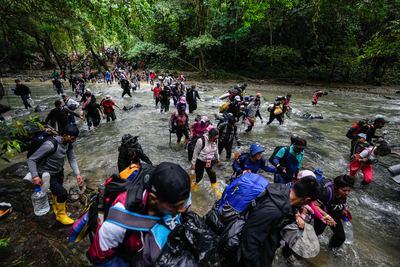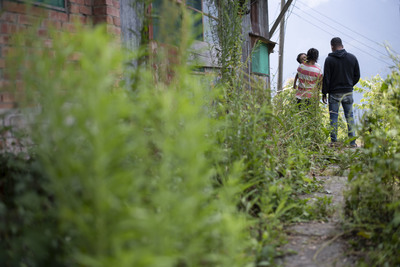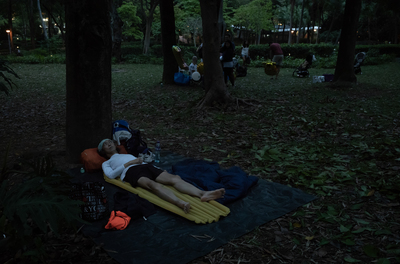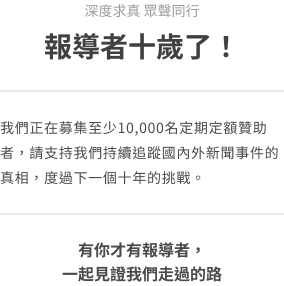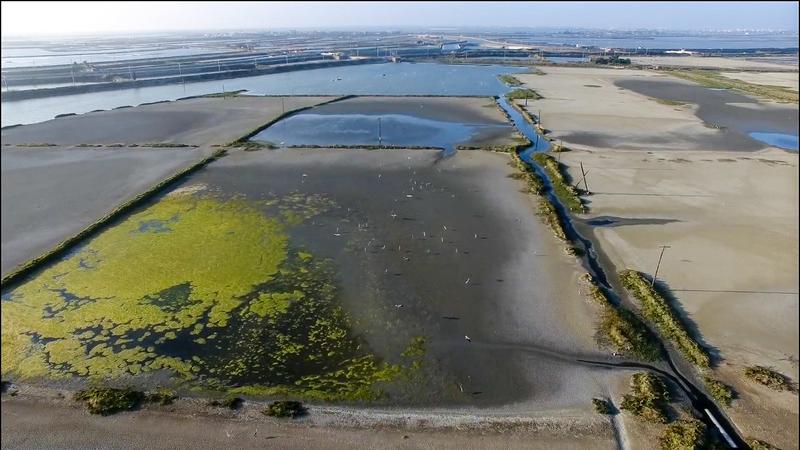
To combat climate change, Taiwan’s current energy strategy aims to “promote green energy, increase natural gas, reduce coal-fired, [and] achieve nuclear-free” goals. Over the past 3 years, the government has sought to develop various renewable energy programmes. Unfortunately, in cataloging potential sites, some of those with high potential for renewable energy have been found to be ecologically sensitive or have high social value. This tug-of-war between renewable energy development and ecological conservation has created a “Green Conflict”.
In early September 2020, Premier Su Tseng-chang (蘇貞昌) instructed Vice Premier Shen Jong-chin (沈榮津) to create a collaborative task force. This group was to devise potential solutions, that “while ensuring the rights of fisheries and agricultural workers are protected, will support sustainable development, and Taiwan’s energy transition”. This task force was comprised of the Ministry of Economic Affairs (經濟部), Council of Agriculture (農委會), Environmental Protection Administration (環保署), Taiwan Power Company (台灣電力公司), among others. However, the contentious choice of site for the Tainan Salt-Field Solar Photovoltaic Power Plant, and Solar Power Zone in the Zhiben Wetlands on the east coast have both incited controversy.
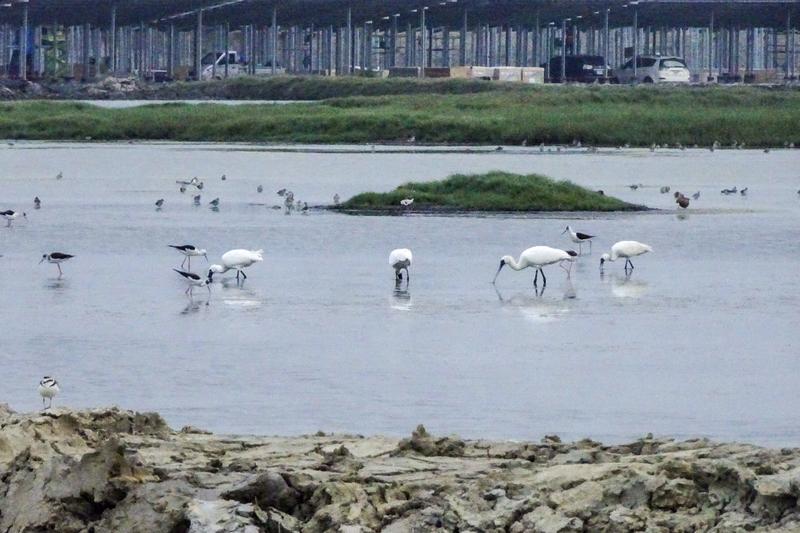
The Budai Salt Pan Wetlands (布袋鹽田) is an effective case study. This scheme required consultation from the government, child welfare, local residents and industry, as it involved the removal of some nationally protected wetlands, wild bird hotspots, and other ecologically sensitive sites. The Energy Bureau of the Ministry of Economic Affairs (經濟部能源局) originally planned this photovoltaic demonstration area to be 374 hectares, but this was later reduced to 102 hectares. Yet scientific studies indicate that 80 of these 102 hectares provided vital services for the local ecosystem, such as flood prevention. Furthermore, the wetlands are an important habitat for a number of endangered species, such as the Black Faced Spoonbill, with 5% of the species’ global population migrating here for winter.
According to the Ramsar Convention on Wetlands of International Importance, when a wetland is found to be frequented by over 1% of the global population for any waterfowl, this habitat is then classified as internationally important. Such significant scientific data was largely neglected in the project’s consulting phase. But development of the Budai Salt Pan Wetlands continues regardless.
The operator of the Budai Salt Pan Photovoltaic project has promised to protect 30% of the area as a nature reserve. Furthermore, about 90 hectares of the adjacent wetlands have been entrusted to the Kaohsiung Wild Bird Society by the National Property Administration (國產署) of the Bureau of Energy, providing annual funding for this to support the creation of wildfowl habitat.
Before discussing ecological conservation or ecological compensation in adjacent areas, should we not first consider whether more suitable land exists for development? Despite the consultations, this project still impacts irreplaceable natural habitats. Can Taiwan's policy-based energy transition really not find a more logical and feasible solution for co-existence?
The emergence of this “Green Conflict” has put both industry and government under great pressure.
Following consultations between domestic stakeholders and environmental groups, the Environmental and Social Inspection Initiative (ESII) was jointly created in an attempt to resolve this conflict of electricity generation, ecological conservation, and social values. The hope is that through scientific investigation and use of spatial data, they will be able to assess and mitigate location-specific issues, and increase community engagement.
At this early stage, ESII attempts to overlay image data. This preliminary screening identifies the least problematic sites for potential development, and re-evaluates the existing development site assessments. One concern is that both large and small scale development sites are put through the same assessment mechanism. There is also a risk that this inspection mechanism is not easily applicable to other sites.
Furthermore, ESII’s inspections focus their attention on the land, without considering the key requirements of the power industry (such as feeder distribution, power generation potential and time factors, market supply and demand mechanisms, among other things). As a means for holistic energy planning, ESII’s methods are largely ineffective.
ESII is an inevitable product of policy and industry pressure. While it may be able to temporarily balance the needs of the various stakeholders in the solar power industry, both human and ecological, the underlying dilemma of Taiwan’s energy transition remains unresolved.
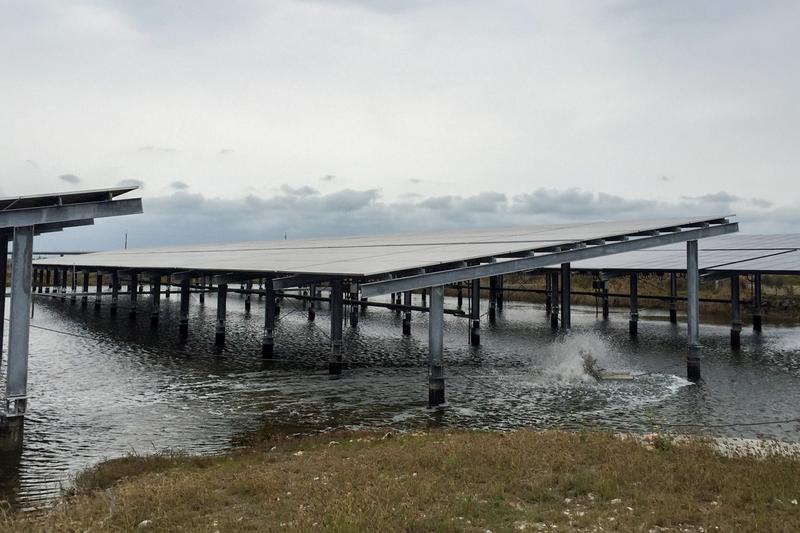
Traditional energy power planning revolves around supply and demand-based production . But technological advancements in areas such as energy efficiency, renewable supply, energy storage, smart grids and distributed energy supply have potential to change traditional energy planning, necessitating the urgent need to make changes to our approach.
Integrated Resource Planning (IRP) has been practiced internationally for a number of years. IRP is the planning process for selecting optimal combinations for power resources, considering both costs and risks. It seeks to optimise resource usage, evaluate resource options, and take internal and external factors into consideration.
Over half of US states now include Integrated Resource Plans (IRPs) in their electricity industry planning. Since 2006, Washington State law has required all natural gas and electric power plants to have IRPs. These plans outline how users’ future energy needs will be met, and how allocation of energy resources will be optimised to provide the most cost-effective electricity. These IRPs require updating every two years to ensure the twin goals of high-efficiency electricity production and sufficiency of supply are met.
Despite development of IRPs in the energy production industry, “land resources” are afforded little consideration. For instance, in promoting green energy and carbon reduction, California legislated that 50% of electricity will be renewable by 2025, and 100% clean by 2045. The Nature Conservancy and California Public Utilities Commission are working with academics and other relevant departments to broaden the scope of IRPs, incorporate new developing technologies to better model future energy generation, along with accompanying environmental and social constraints. In under two years, they have proposed an investment roadmap that is both mindful of land protection, and will achieve 100% clean electricity by 2045.
Put simply, IRPs are a means to assess the most cost-effective means of satisfying future energy demand, taking into consideration supply and demand, number of needed power generation units, market conditions, land considerations and environmental constraints.
This includes several important steps. The first is to take inventory of existing energy resources, such as solar radiation and wind potential, drawing them into spatial maps. Further ecological maps are constructed, outlining components such as the local ecology, agriculture, culture, and other valuable environmental resources. Then using environmental protection criteria, each potential renewable energy location is assessed based on economic, community, and technical considerations. These spatial maps are then overlapped with the potential renewable energy site locations under different environmental protection scenarios.
Energy development needs are next considered in conjunction with the land analysis of the previous step, vis-a-vis capacity expansion optimisation models. The model assesses future energy needs against a range of factors including: resource targets, current and planned future energy infrastructure, power generation costs, decentralised power considerations, and land conditions. Aiming for lowest possible carbon emissions, cost, and acceptable capacity scenarios (among others), these considerations are integrated to produce cost-effective portfolios for power generation investment.
The next step aims to determine specific sites for these cost-effective portfolios, requiring participation of primary stakeholders, including power firms, energy planning groups, land departments, and interest groups related to the potential sites. Site decisions also take into consideration the existence of current or planned energy generating infrastructure nearby, along with efficiency of land usage. Selected sites are then subject to model simulations of the energy production and supply system.
Finally, a local assessment is conducted, determining environmental, social, and economic impacts on the selected development site.
The aforementioned process provides decision makers with full comprehension of the potential impacts of different developmental combinations present in their pursuit of policy goals. It provides a clearer basis for judgment and greater transparency of options. Their multifaceted nature IRPs generate complementary and cost-effective portfolios, considering both the types of renewable energy resources, along with constraints of existing and planned future power systems. In addition to evaluating strengths and weaknesses, IPRs incorporate the temporal and spatial variations of different energy systems (for instance photovoltaics not working at night, and the seasonal variability of wind power), integrating these into a cost-effective portfolio.
As a tool, IRP is currently only familiar to experts in the energy generation sector. Yet the most pressing issue is the need to break down traditional mindsets in electrical power planning to facilitate Taiwan’s energy transition. This requires the integration of technological developments, land requirements for renewables, and environmentally-conscious planning.
Taiwan’s current primary source of renewable energy is wind and solar, which is expected to constitute 20% of total energy by 2025. Yet, there is still a long way to go before reaching the 2025 target of over 27 GW.
This “Green Conflict” is a complex and contentious issue, a conflict of land, energy and resource utilization that must be faced with both strategic thinking and practical action. Existing mechanisms are simply not properly equipped to address Taiwan’s energy transition, yet IRP presents an opportunity, providing a systemic, and truly integrated approach that enables science-based dialogue to facilitate energy planning and satisfy policy goals.
California took fewer than 2 years to articulate its energy transition plan. If we believe IRP to be our salvation, how long will it take us?
(To read Chinese version of this article, please click: 【投書】「風」「光」如何更風光:減緩綠色衝突的能源轉型解方在哪?)
深度求真 眾聲同行
獨立的精神,是自由思想的條件。獨立的媒體,才能守護公共領域,讓自由的討論和真相浮現。
在艱困的媒體環境,《報導者》堅持以非營利組織的模式投入公共領域的調查與深度報導。我們透過讀者的贊助支持來營運,不仰賴商業廣告置入,在獨立自主的前提下,穿梭在各項重要公共議題中。
今年是《報導者》成立十週年,請支持我們持續追蹤國內外新聞事件的真相,度過下一個十年的挑戰。

